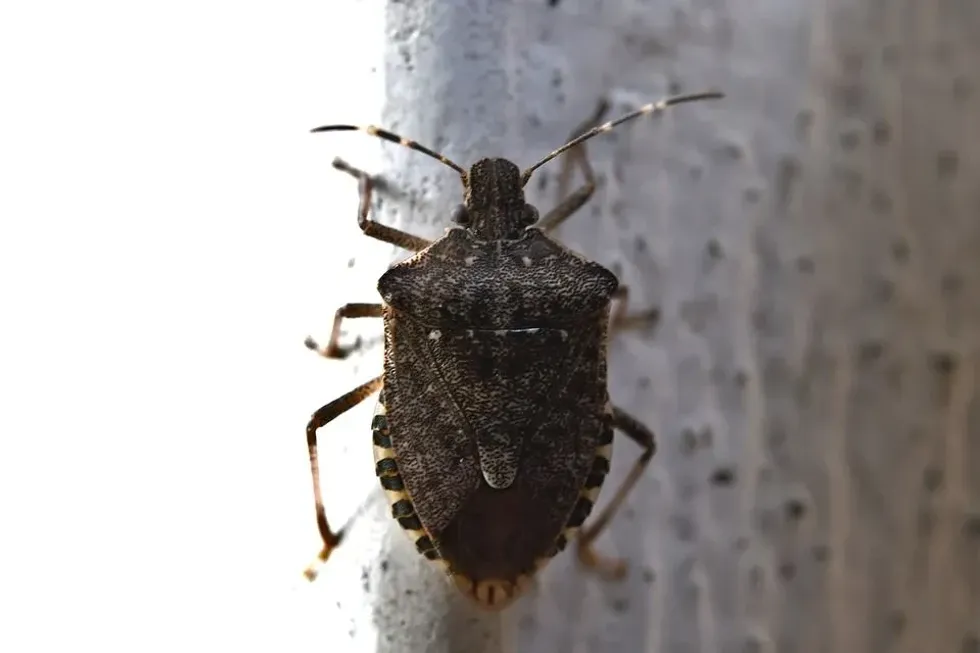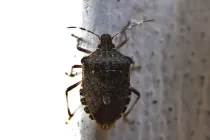Bed bugs are creepy, gross, blood thirsty insects that infest our beds, mattress, and breed comfortably under our bed frames. A bed bug bite can cause health related problems ranging from a simple allergic reactions to a condition namely anaphylaxis.
These ectoparasites belong to the genus cimex that has two species of cimex bugs in it, that is cimex lectularius and cimex hemipterus.
These species of bed bugs feed on human blood while there is another species called bat bugs that feed on bats. Bed bugs can be found hiding in seams and sides of mattresses, and other pieces of furniture, primarily in hotels.
Once these tiny vampires that feast on a blood meal, infest your house, you may get rid of bed bug infestations through professional bed bug treatment, heat treatment bed bug spray, bed bug traps, bed bug killer spray or bed bug removal through a pest control agency approved by the United States Environmental Protection Agency .
Here are some of the most interesting facts about the bed bug insects. Afterwards, do check our other fact files on the wheel bug and giant water bug.
Bed Bug Interesting Facts
What type of animal is a bed bug?
Bed bug is an insect, an ectoparasite of phylum arthropoda. It is a bloodsucking pest that breeds in big numbers and causes infestation.
Bed bugs have a well segmented body, three pairs of jointed appendages which are the typical features of the phylum arthropoda. Besides these are mostly nocturnal and have suckers to feed on a blood meal. The best way to get rid of bed bugs is through United States Environmental Protection Agency approved pest control methods.
What class of animal does a bed bug belong to?
A bed bug or Cimex is an ectoparasite of the phylum arthropoda of non chordata in kingdom animalia.
It belongs to the family cimex, the family of blood sucking cannibal bugs and holds two well known species, which are cimex lectularius and cimex hemipterus. It is important to get rid of bed bugs as soon as possible to save the infestations from worsening across different infested areas.
Vacuuming the seams and sides of a mattress is the best way to get rid of bed bugs as this pest tends to hide there.
How many bed bugs are there in the world?
Bed bugs are present all around the world with 90 species known so far and are more prominent in developing countries. These pests breed in such big numbers that they are present in thousands at a time in the infected areas.
The bed bug's population is not known but at a time millions can be found lingering in infected areas.
Where does a bed bug live?
These gross insects live in houses and are present across the globe. Between 1930 and 1980 bed bug numbers were decreasing in developed countries, but after the '80s their numbers started increasing in developing countries.
All bed bugs need to survive is a warm host and plenty of places to hide that is why they can be found in old hotel buildings as well as warm areas inside himes.
What is a bed bug's habitat?
A warm, moist, and shady area is best for bedbug infestation to take place. Bed bug infestation takes place in spring boxes, beds, mattress seams, wooden frames, mattress crevices, carpets, scraped walls. Bed bugs inhabit old buildings and unhygienic hotels and lay their eggs in crevices and darker shady areas.
Who do bed bugs live with?
Bed bugs live in groups of their own species. At a time, a female bug lays around hundreds of eggs in places that turn into nymphs and reside in the same area.
These nocturnal pests dwell in groups in shady areas feeding and hiding from predators. They tend to bite exposed skin of sleeping humans but do not spread any illness.
How long does a bed bug live?
Laboratory records show that bed bugs can live from six to twelve months from their birth, that is in captivity where there are no possible predators. But outside bed bugs may live for a much shorter time span.
How do they reproduce?
Mating in bed bugs begins when a male bug stabs a female bug in the abdomen with a specialized hardened reproductive organ. This process is called traumatic insemination.
After fertilization, a female bug holds viable eggs for a period of five to seven weeks on average. After feeding for three or more days a female lays around 12 bed bug eggs every day.
She deposits these eggs in crevices and small cracks that are not reachable. The bed bug larvae hatch after 17 days and continue the life cycle and live for around a year.
What is their conservation status?
Bed bugs are labeled as the least conserved species of bugs by the IUCN and bed bugs breed in large numbers. An increase in the population of bed bugs has been reported with urbanization and increasing human settlements, especially in developing countries.
Bed Bug Fun Facts
What do bed bugs look like?
Barely a few millimeters in size a bed bug is a small parasitic arthropod with the presence of non-functional wings. It is flat, red brown in colour, and has proper segments on its body.
Their body is divided into head with a pair of eyes, a pronotum and an abdomen. Bedbugs have three pairs of jointed appendages for crawling, an antenna as a sensory organ and suckers for sucking blood from the human host.
How cute are they?
A bed bug can never be cute. Bedbugs are small yet scary beings. Bed bugs' presence in any household may scare the daylights out of the owner. Whenever anyone notices signs of bed bug infestation, the only thing that comes to the mind is how to get rid of bed bugs.
How do they communicate?
A very common mechanism of communication for most wasps, especially bed bugs is the use of pheromones. These chemical messengers aid home bed bugs in sensing dangers, threats and detecting the presence of female bugs in the vicinity. Also, they use their antenna as a sensory organ.
How big is a bed bug?
Bed bug is a lot smaller than a oriental cockroach, around twelve times smaller. Bed bug size may measure somewhere between 0.19-0.27 in (0.48-0.68 cm). This small size allows them to hide easily along any of their favored hiding places.
How fast can a bed bug move?
Bed bugs move really fast in search of shade and food. Bed bugs can crawl around at speeds of 0.04 mph (0.06 kph).
How much does a bed bug weigh?
These bed bugs are so small they are almost negligible in weight just like red-shouldered bugs. An adult bed bug may weigh around a milligram or so. These are lightweight beings but evidently cause a big destruction when they move around in big numbers.
What are the male and female names of the species?
There are no separate names for male and female bed bugs. Both sexes are referred to by the same name. But at the microscopic level one may be able to distinguish between them by spotting the difference between their anatomy.
What would you call a baby bed bug?
A baby bed bug is referred to as a nymph. A nymph is small, whitish yellow in appearance, translucent perhaps and shows shedding or molting of their exoskeleton till they reach an adult stage.
What do they eat?
Bed bugs are also referred to as cannibals. Their diet comprises entirely of blood similar to a mosquito. These ectoparasites feast on human blood meals and may also feed on blood from pet cats and dogs.
Are they poisonous?
These are not poisonous but their bite may cause severe allergy or skin rashes. When an individual suffers from too many bites from these bugs, the person may feel tiredness or fever, but this is very rare.
So, one can use United States Environmental Protection Agency approved methods to get rid of these bugs and be safe from the side effects of a bed bug rash.
Would they make a good pet?
It is a very bad idea to keep them as pets in a house. Besides, if one is a scientist then the person may keep them solely for research purposes.
Did you know...
Severe infestation of these pets may lead to psychological problems.
An individual may develop refractory delusional parasitosis, which is like an obsession with these bugs.
How to stop bed bug bites from itching?
Bed bug bite symptoms include an itchy red and scaly rash. They can come to your home from other infested areas or from used furniture.
A very simple remedy is to wash the affected area with soap and water immediately. Then to prevent infection one may apply a corticosteroid cream on the affected area. Some may even take antihistamines in case of severe allergic reaction.
Usually, these bugs are not known to spread any infection in humans but prevention is always better than cure. In absence of any treatment, the symptoms might take around a couple of weeks to go away.
How to get rid of bed bug bites?
Bedbug bite can affect any part of your body. But these insects tend to bite areas of skin that are exposed or near the exposed body parts while sleeping, including the face, neck, arms, and hands.
Application of corticosteroid cream is advised to those affected with bedbug bites. Besides, regular cleaning of the affected area is also important to keep the wounds clean.
You can use steam to get rid of bedbug eggs as their eggs die at temperatures of around 122°F (50°C).
Here at Kidadl, we have carefully created lots of interesting family-friendly animal facts for everyone to discover! For more relatable content, check out these ambush bug facts and green stink bug facts for kids.
You can even occupy yourself at home by coloring in one of our bed bug coloring pages.










